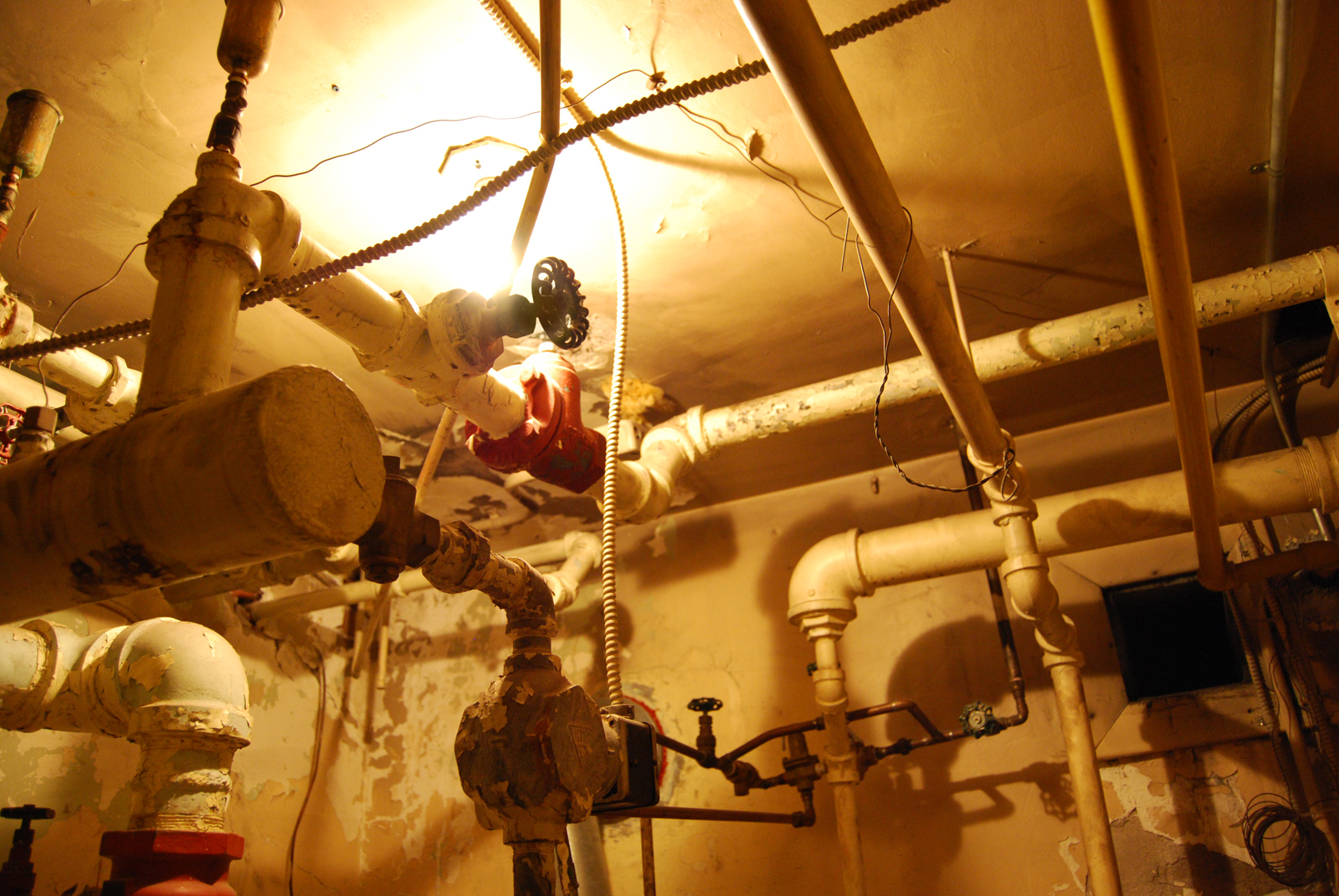|
Speibecken
A ''Speibecken'' or ''Kotzbecken'' is a basin for people to vomit into. These sinks are installed in some bars, restaurants and student fraternities in German-speaking countries as well as in bars in Vietnam. The ''Speibecken'' is often a large ceramic bowl installed at waist height with handles for the user to hold onto and a shower head to flush the unit. They are encountered more often in men's facilities than in women's. In Germany and Austria they have become associated with the heavy drinking traditions of student fraternities. They have also been provided at supervised injection sites for drug users. Names ''Speibeck'' comes from the German ''speien'' ("to spit" but also "to vomit") and ''Becken'' ("bowl, basin"). The term also has the meaning of the traditional spittoon, used by tobacco chewers or in dentist's surgeries. In some parts of Austria and Germany they are known as ''Kotzbecken'' (from ''kotzen'', "to puke"). In Vietnam they are called ''bồn ói ... [...More Info...] [...Related Items...] OR: [Wikipedia] [Google] [Baidu] |
Spittoon
A spittoon (or spitoon) is a receptacle made for spitting into, especially by users of chewing and dipping tobacco. It is also known as a cuspidor (which is the Portuguese word for "spitter" or "spittoon", from the verb "cuspir" meaning "to spit"), although that term is also used for a type of spitting sink used in dentistry. United States in the 19th century In the late 19th century, spittoons became a common feature of pubs, brothels, saloons, hotels, stores, banks, railway carriages, and other places where people (especially adult men) gathered, notably in the United States, but allegedly also in Australia. Brass was the most common material for spittoons. Other materials used for mass production of spittoons ranged from basic functional iron to elaborately crafted cut glass and fine porcelain. At higher class places like expensive hotels, spittoons could be elaborately decorated. Spittoons are flat-bottomed, often weighted to minimize tipping over, and often with an ... [...More Info...] [...Related Items...] OR: [Wikipedia] [Google] [Baidu] |
Vomiting
Vomiting (also known as emesis and throwing up) is the involuntary, forceful expulsion of the contents of one's stomach through the mouth and sometimes the nose. Vomiting can be the result of ailments like food poisoning, gastroenteritis, pregnancy, motion sickness, or hangover; or it can be an after effect of diseases such as brain tumors, elevated intracranial pressure, or overexposure to ionizing radiation. The feeling that one is about to vomit is called nausea; it often precedes, but does not always lead to vomiting. Impairment due to alcohol or anesthesia can cause inhalation of vomit, leading to suffocation. In severe cases, where dehydration develops, intravenous fluid may be required. Antiemetics are sometimes necessary to suppress nausea and vomiting. Self-induced vomiting can be a component of an eating disorder such as bulimia, and is itself now classified as an eating disorder on its own, purging disorder. Complications Aspiration Vomiting is dan ... [...More Info...] [...Related Items...] OR: [Wikipedia] [Google] [Baidu] |
Supervised Injection Site
Supervised injection sites (SIS) are medically supervised facilities designed to provide a hygienic environment in which people are able to consume illicit recreational drugs intravenously and prevent deaths due to drug overdoses. The legality of such a facility is dependent by location and political jurisdiction. Supervised injection sites are part of a harm reduction approach towards drug problems. The facilities provide sterile injection equipment, information about drugs and basic health care, treatment referrals, access to medical staff, and, at some facilities, counseling. Most programs prohibit the sale or purchase of recreational drugs at the facility. Terminology They are also known as ''overdose prevention centers (OPC)'', ''supervised injection facilities'', ''safe consumption rooms'', ''safe injection sites'', ''safe injection rooms'', ''fix rooms'', ''fixing rooms'', ''safer injection facilities (SIF)'', ''drug consumption facilities (DCF)'', ''drug consumption roo ... [...More Info...] [...Related Items...] OR: [Wikipedia] [Google] [Baidu] |
Bathroom Equipment
A bathroom or washroom is a room, typically in a home or other residential building, that contains either a bathtub or a shower (or both). The inclusion of a wash basin is common. In some parts of the world e.g. India, a toilet is typically included in the bathroom; in others, the toilet is typically given a dedicated room separate from the one allocated for personal hygiene activities. In North American English the word 'bathroom' is sometimes used to refer to any room in a residence that contains a toilet, regardless of the inclusion of a bath or shower. Historically, bathing was often a collective activity, which took place in public baths. In some countries the shared social aspect of cleansing the body is still important, as for example with '' sento'' in Japan and the "Turkish bath" (also known by other names) throughout the Islamic world. Variations and terminology The term for the place used to clean the body varies around the English-speaking world, as does the ... [...More Info...] [...Related Items...] OR: [Wikipedia] [Google] [Baidu] |
Plumbing
Plumbing is any system that conveys fluids for a wide range of applications. Plumbing uses pipes, valves, plumbing fixtures, tanks, and other apparatuses to convey fluids. Heating and cooling (HVAC), waste removal, and potable water delivery are among the most common uses for plumbing, but it is not limited to these applications. The word derives from the Latin for lead, ''plumbum'', as the first effective pipes used in the Roman era were lead pipes. In the developed world, plumbing infrastructure is critical to public health and sanitation. Boilermakers and pipefitters are not plumbers although they work with piping as part of their trade and their work can include some plumbing. History Plumbing originated during ancient civilizations, as they developed public baths and needed to provide potable water and wastewater removal for larger numbers of people. The Mesopotamians introduced the world to clay sewer pipes around 4000 BCE, with the earliest examples f ... [...More Info...] [...Related Items...] OR: [Wikipedia] [Google] [Baidu] |

.jpg)



